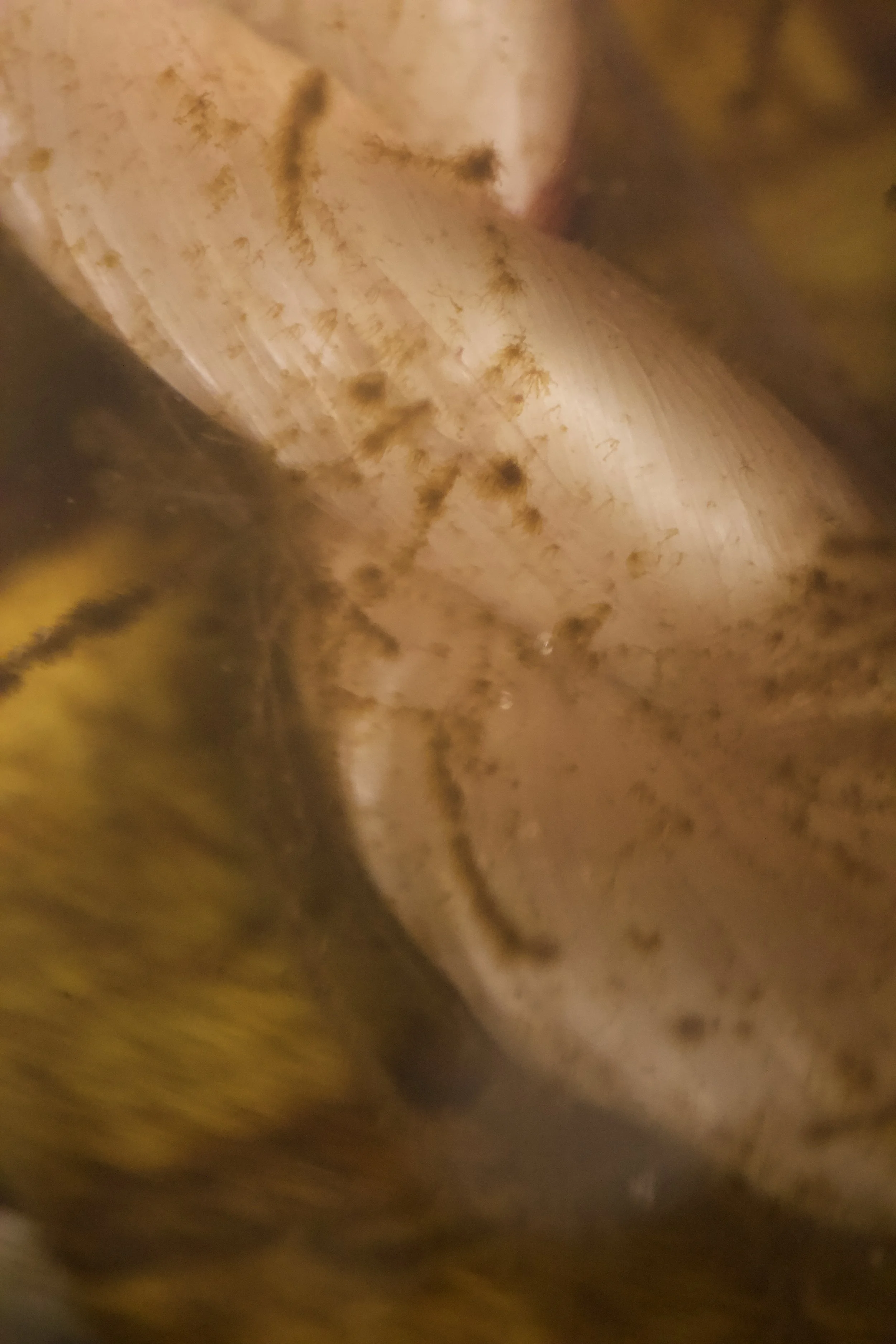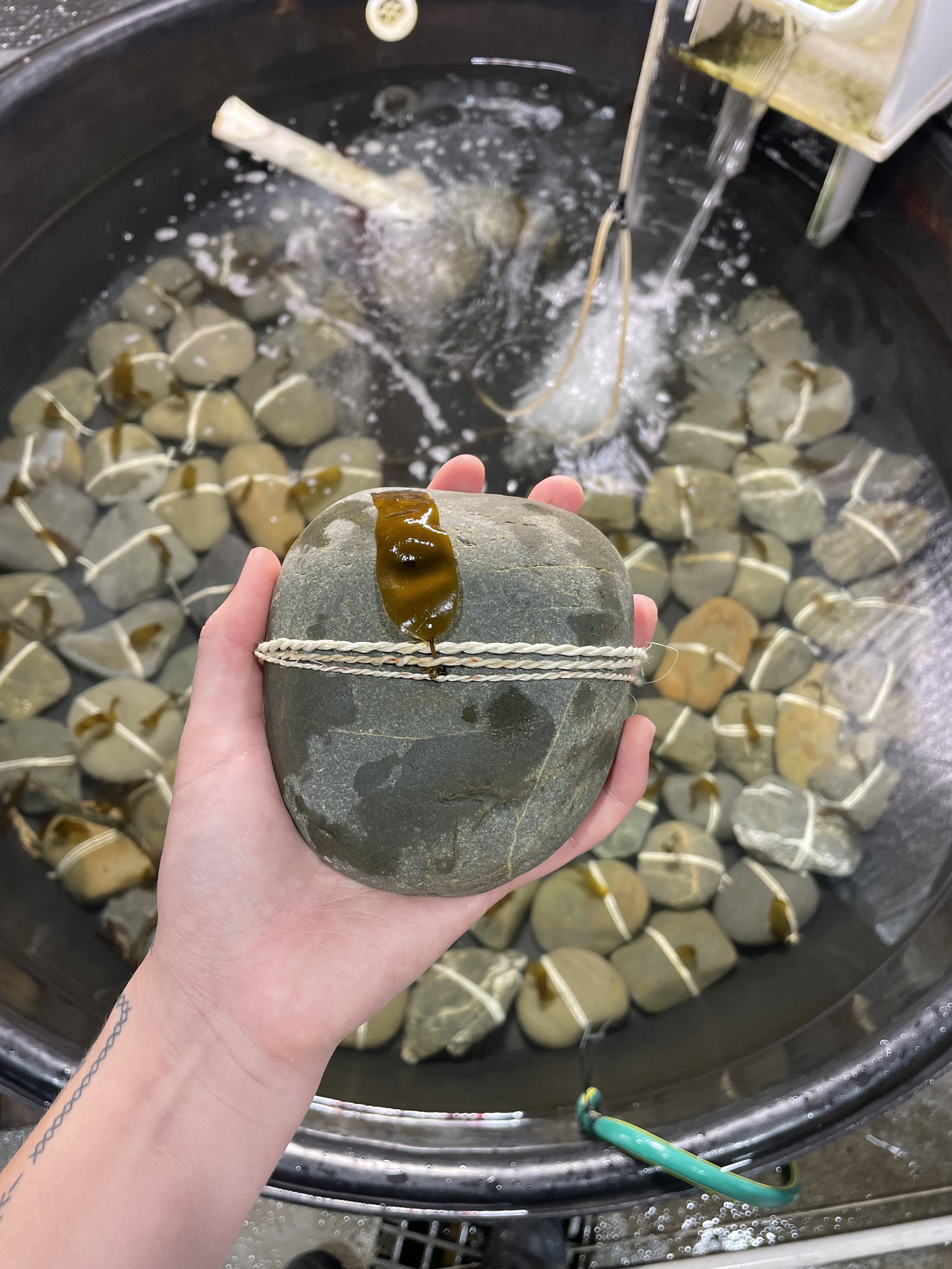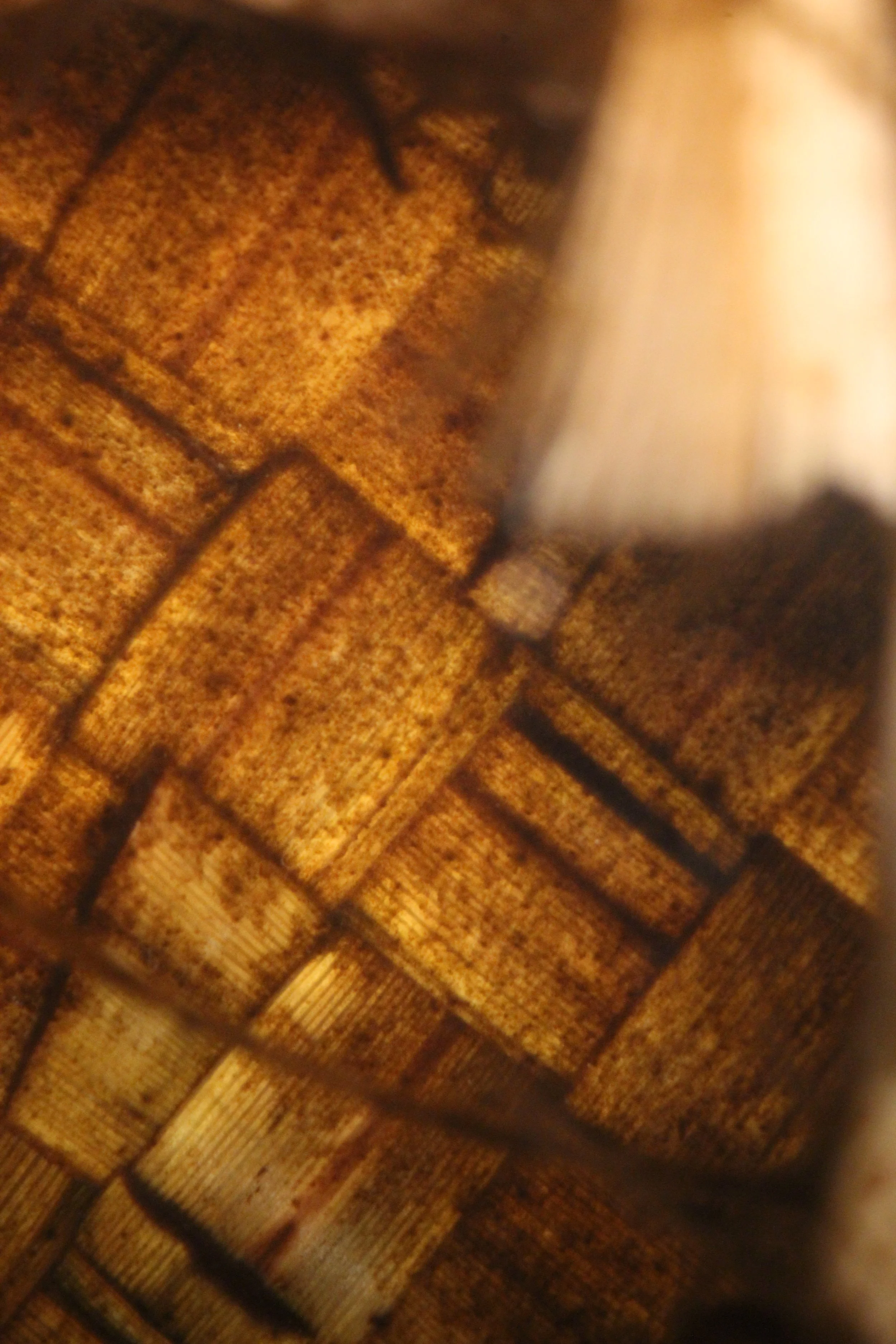The natural fibres project looks at how fibres traditionally used by Māori could be used as a substrate to grow macrocystis pyrifera as part of a bigger goal of restoring the macrocystis pyrifera forest in Te Whanganui a Tara.
This research started in the Love Rimurimu project but is led by and for Māori, specifically led by Māia-te-oho Holman-Wharehoka on behalf of Taranaki Whānui ki Te Upoko o Te Ika.
Imbedded in tikanga and mātauranga Māori, this research follows the correct processes to ensure that these values are held intact when working with such culturally significant materials.
Seaweed Restoration guided by natural Māori techniques
So far, the materials that have been trialed are Harakeke, Muka, and Pīngao. Each material must go through a conditioning test before seeding with macrocystis pyrifera and only muka and pīngao passed this test. Harakeke was found to contain too many naturally occuring chemical compounds that could cause potential harm to macrocystis.
Both Muka and Pīngao were seeded with macrocystis spores and then succesfully grew these spores into gametophyte and sporophytes stages.
Muka has shown to be the most successful in growing macrocystis but also the most labour intensive to use. This instigated a series of questions around which fibre is the most sustainable to use with all things considered. Pīngao is not labour intensive but is endangered.
All these things turn towards testing more fibres with the next to test being tī kouka and kiekie.
In May 2025, Māia-te-oho Holman-Wharehoka took this research to Victoria Canada where she presented this work at the 25th International Seaweed Symposium. Sharing an indigenous perspective and approach to research.
This research was also exhibited through a series of microscopic photographs in Feburary 2025 as part of New Zealand’s first Seaweed festival.
These events are part of the parallel goal of spreading awareness about decreasing kelp populations and shining a light on indigenous practices and methodologies in academic and western science spaces.













